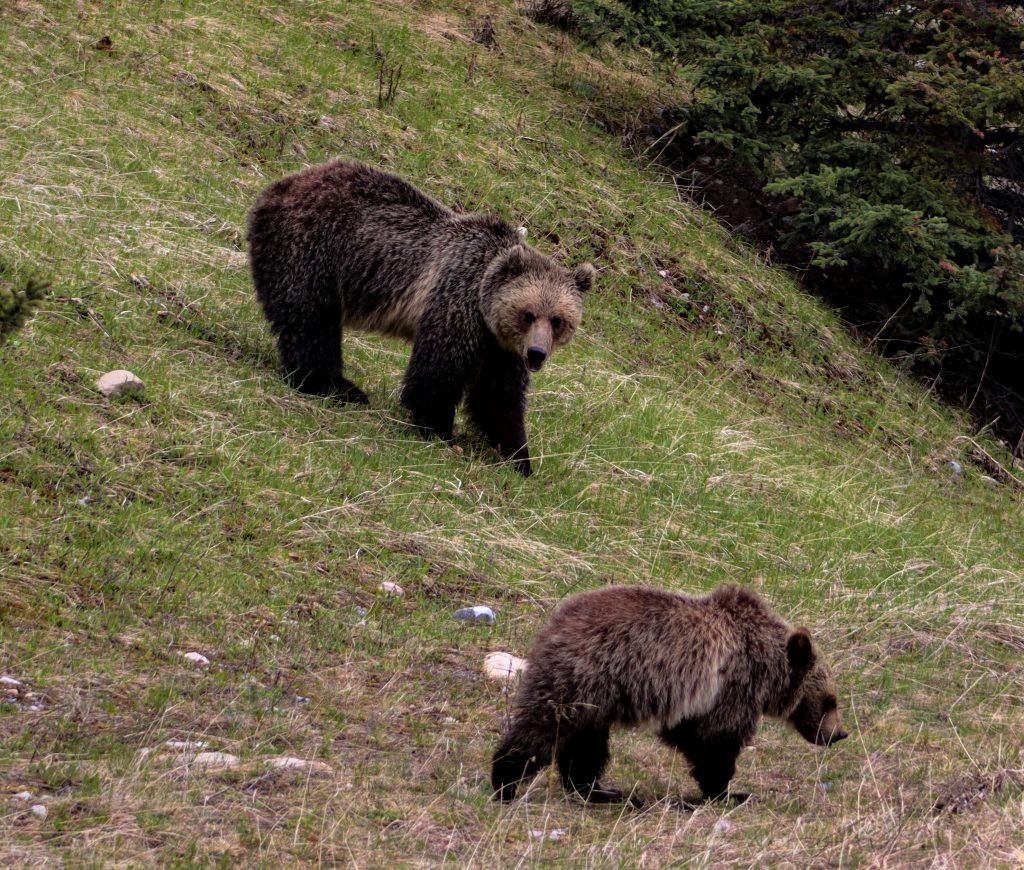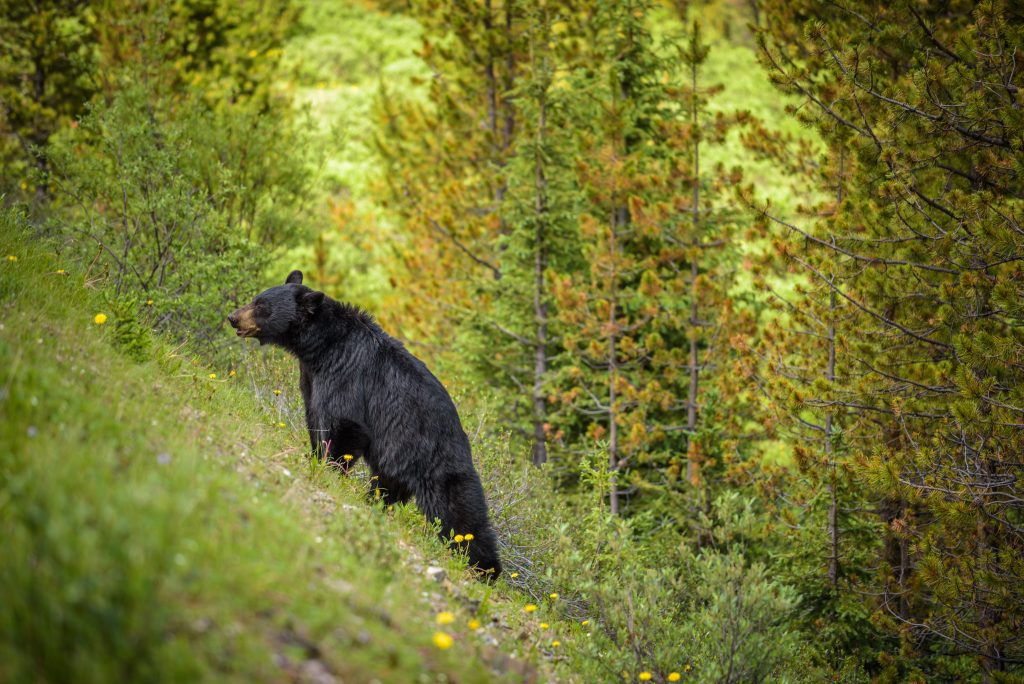Scientists Have Proven That Grizzly Bears Hate Hills Just As Much As Humans
If you are worried that a bear is probably after you while on a picnic, taking the hilliest trail to your destination will make you safer. This is the message we derive from a new study. The study involves nine bears running on treadmills. The researchers established that bears, just like humans, prefer leveled paths to save energy.

Grizzly bears (Ursus arctos horribilis) have enough energy reserved before going for winter hibernation. Bears are opportunistic omnivores who devour almost anything from meat, insects, grass, roots, and berries. This diet needs a lot of scavenging, but bears’ paths while searching for the food are a mystery.
Scholars at the bear research, education, and conservation center research in Washington State University sought to establish how grizzly bears expend their energy while searching for food. The research used a treadmill positioned in a custom-made sealed enclosure, built using polycarbonate sheets and steel frames to make them air-tight. Nine captive bears were then trained to walk and run at several slopes, both downhill and uphill.

The researchers had each bear walk at different gradients and speeds for approximately 6 minutes, using a constant stream of apples to motivate the animals. The sealed enclosure made it possible for scientists to measure the varying nature of the bear’s oxygen intake as the bears strolled on the exercise machine, offering an excellent way to measure the metabolic rates of the animal. The research established that bears aren’t good when it comes to sustaining high speeds. It was also observed that the bears stuck to the trails that had milder gradients to conserve energy. This research is beneficial in supporting management programs that focus on taking the characteristic similarities such as those of bears and humans into account for the safety purposes of both species.
